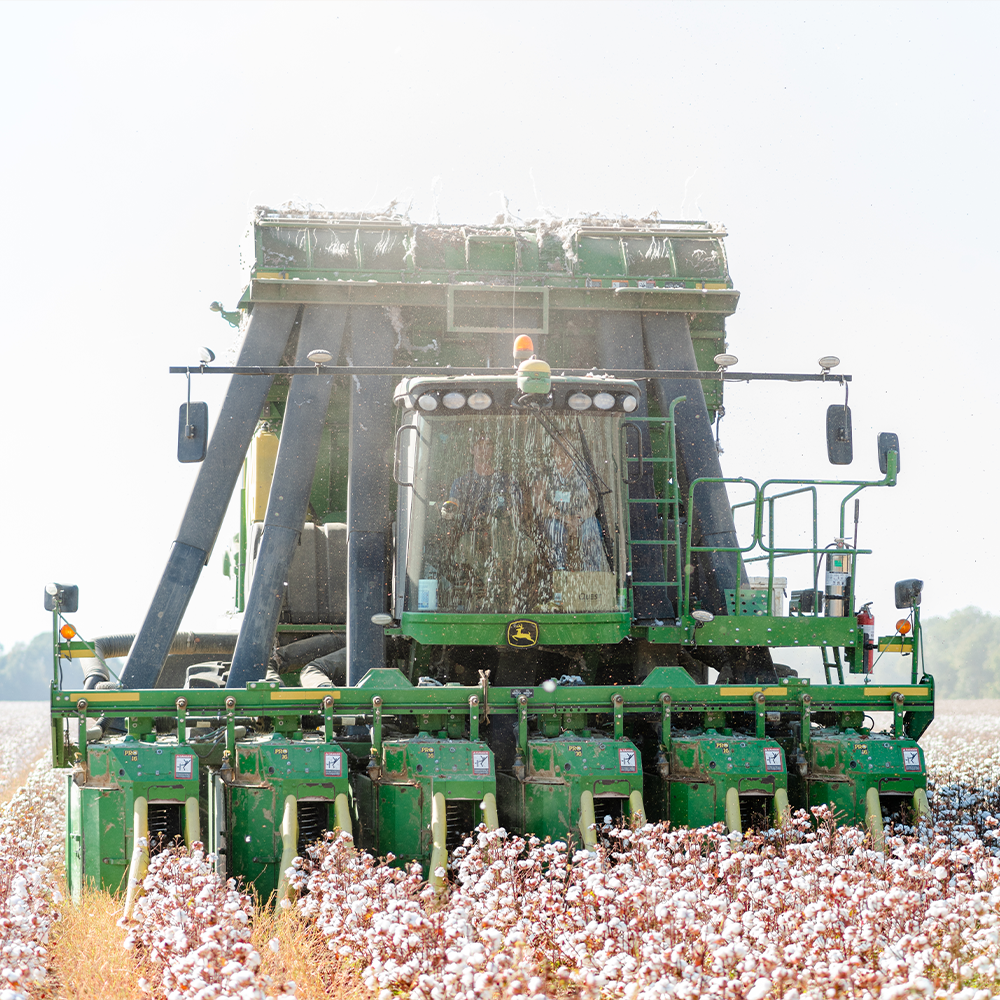With a dwindling tampon supply trending in the news over the past year, rumors of a cotton shortage took hold. It’s no secret that the COVID-19 pandemic has had a substantial impact on the global supply chain across many product categories. However, when it comes to tampons, cotton use and availability are not to blame. Here are the facts.
Cotton’s Role in Tampons
When looking at the anatomy of a tampon, cotton can be used in three different components of the structure: removal string, outer layer, and absorbent core.
The removal string, used to remove the tampon after use, can be made of cellulosic or synthetic fibers. The tampon’s outer layer, which keeps the absorbent core intact and aids in absorption, can be made of a variety of nonwoven cellulosic fibers, synthetic fibers, or a perforated film of synthetic polymers. Finally, the absorbent core–the innermost portion of the tampon–can consist of cotton, rayon, or a blend of the two.
While cotton can be used in these three tampon components, most of the materials used in tampons are synthetic or man-made because those options come at a lower cost to manufacturers.1 In fact, despite growth and increased use of cotton in tampons over the years, many hygiene products don’t contain any cotton.

Recent reports put cotton’s market share in the nonwovens market at just 1.7 percent,² a small portion at odds with the two-thirds of consumers who assume cotton is the main material used in their period products due to the absorbency and appearance.³
Cotton Supply & Market Trends
As for supply, cotton is a global agricultural commodity, produced and traded worldwide. While tampon manufacturing may have encountered supply chain challenges, cotton is in abundant supply in the world’s market.
According to Jon Devine, senior economist at Cotton Incorporated, “At the world-level, the [2021/2022 USDA] statistics do not suggest a lack of physical supply.” However, volatile buying patterns aggravated localized shortages and contributed to cotton price volatility during and post-COVID.
According to Devine, a reduction of orders at the start of the pandemic was followed by a sudden turnaround in consumer demand, forcing companies to scramble to secure supplies: “the challenge of meeting consumer demand was made worse by the shipping crisis and supported price increases in many markets.”

However, the market has evolved and there has been a major shift since the spring of 2022. Devine indicates “the U.S. and the world have entered into a new economic phase, with inflation and rising interest rates suggesting slower rates of growth. Concerns about a slowing consumer environment have already enabled price decreases in several commodity markets, including the one for cotton fiber.” Current cotton prices are trading at about half the level they were in May (peaked near 150 cents/lb in May 2022, now near 80 cents/lb).
1. RPK Consulting Quarterly Estimates
2. The Future of Global Nonwovens to 2027, Smithers
3. Cotton Incorporated’s Global Hygiene Study, 2020